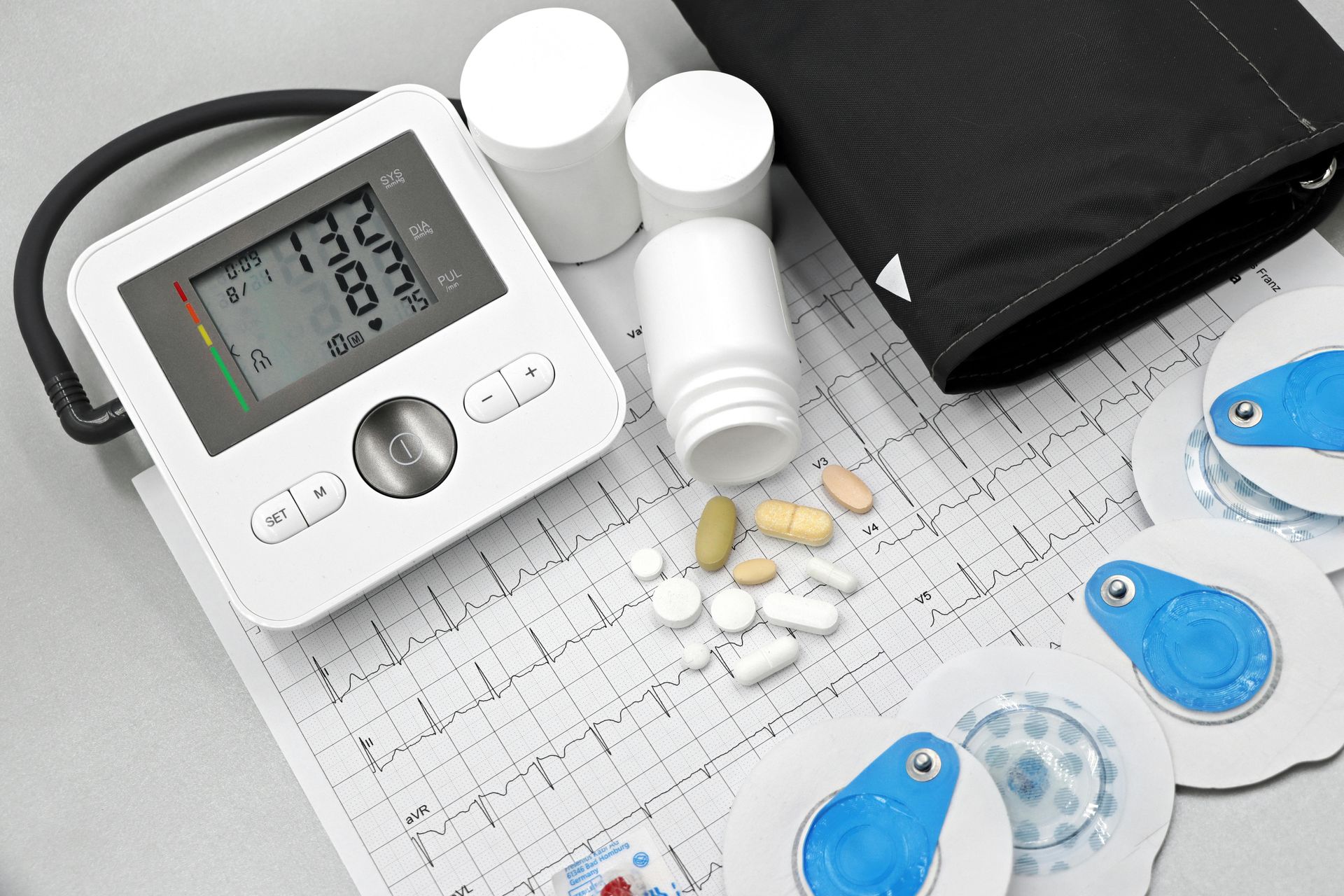Mohamad-Ali Salloum is a Pharmacist and science writer. He loves simplifying science to the general public and healthcare students through words and illustrations. When he's not working, you can usually find him in the gym, reading a book, or learning a new skill.
Setting Goals: How to set realistic running goals.
Share
Introduction
Setting realistic running goals is crucial for both beginners and seasoned runners. Goals provide direction, motivation, and a sense of accomplishment. However, setting goals that are too ambitious can lead to frustration and injury, while goals that are too easy may not provide enough challenge. This essay explores the science behind setting realistic running goals, delving into molecular insights and using analogies to make the concepts more accessible.
The Science of Goal Setting
At the core of goal setting is the brain’s reward system, primarily driven by the neurotransmitter dopamine. When you set a goal, your brain releases dopamine, which creates a feeling of pleasure and motivation. This is why setting and achieving goals feels rewarding. However, the key is to set goals that are challenging yet achievable to maintain a steady release of dopamine and keep motivation high.
Molecular Insights
On a molecular level, setting and achieving goals involves complex biochemical processes. When you set a running goal, your brain’s neurons communicate through synapses, releasing neurotransmitters like dopamine and serotonin. These chemicals help regulate mood, motivation, and focus. For instance, dopamine is often referred to as the “feel-good” neurotransmitter because it plays a significant role in reward-motivated behavior.
Moreover, regular physical activity, such as running, increases the production of brain-derived neurotrophic factor (BDNF), a protein that supports the growth and survival of neurons. BDNF is crucial for learning and memory, which means that setting and achieving running goals can enhance cognitive function and overall brain health.
Setting Realistic Running Goals
1.Know Your Starting Point: Assess your current fitness level. This can be done through a simple test, like running a mile and recording your time. Knowing where you start helps in setting achievable goals.
2. Use the SMART Criteria: Goals should be Specific, Measurable, Achievable, Relevant, and Time-bound. For example, instead of saying “I want to run faster,” set a goal like "I want to improve my 5K time by 2 minutes in the next 3 months".
3.Break It Down: Large goals can be overwhelming. Break them into smaller, manageable milestones. For instance, if your goal is to run a marathon, start with a 5K, then a 10K, and gradually increase your distance.
4.Monitor Progress: Keep track of your progress through a running app or journal. This helps in staying accountable and making necessary adjustments to your training plan.
Setting running goals is like building a house. You need a solid foundation (your current fitness level), a clear blueprint (your SMART goals), and regular maintenance (consistent training and progress monitoring).
Conclusion
Setting realistic running goals is a blend of art and science. By understanding the molecular processes involved and using practical strategies, you can set goals that are both challenging and achievable. Remember, the journey is just as important as the destination. Celebrate each milestone and enjoy the process of becoming a better runner.
Resources:
- Huberman A. The Science of Setting & Achieving Goals. Huberman Lab. 2022.
- Bass R. How to Set Realistic Running Goals (and Achieve Them). ASICS Runkeeper. 2023.
- RunningKiwi. The Secret to Running Goal Setting: Unleashing Peak Performance. 2024.
- Route 66 Marathon. How to Set Realistic Running Goals. 2019.
List of Services
ABOUT THE AUTHOR
Mohamad-Ali Salloum, PharmD
Share
Recent articles:





















